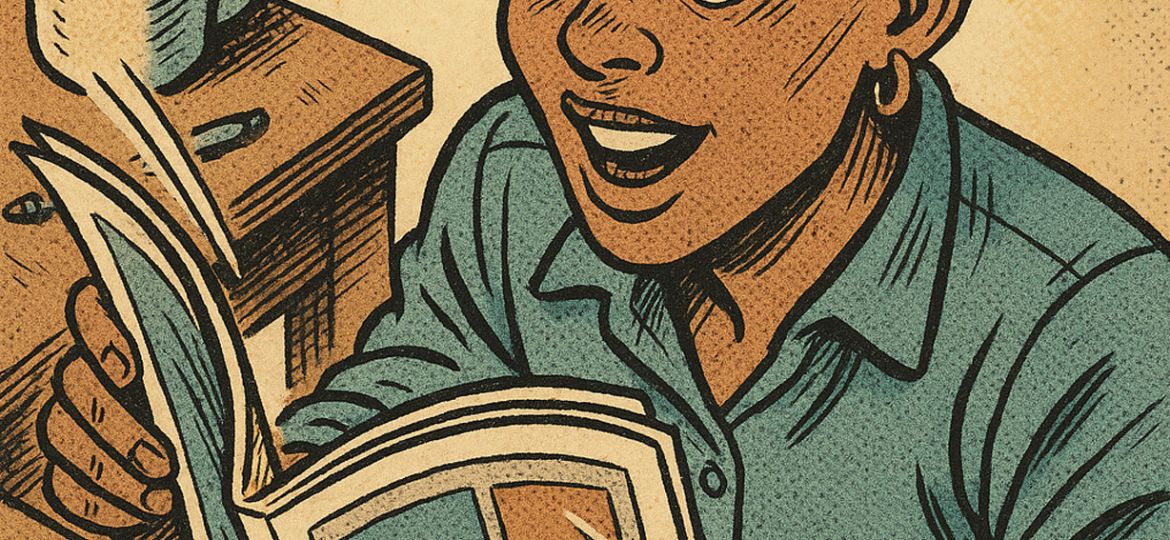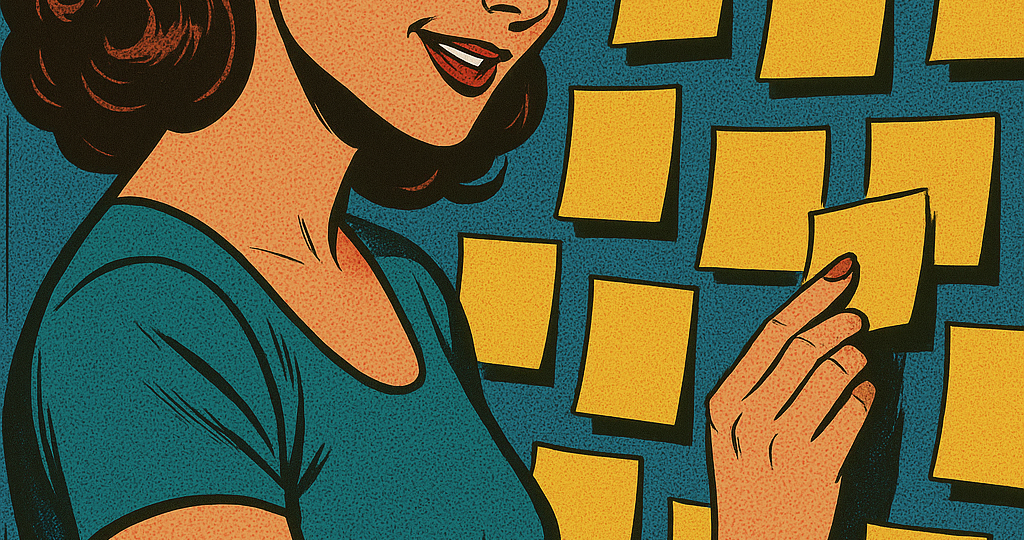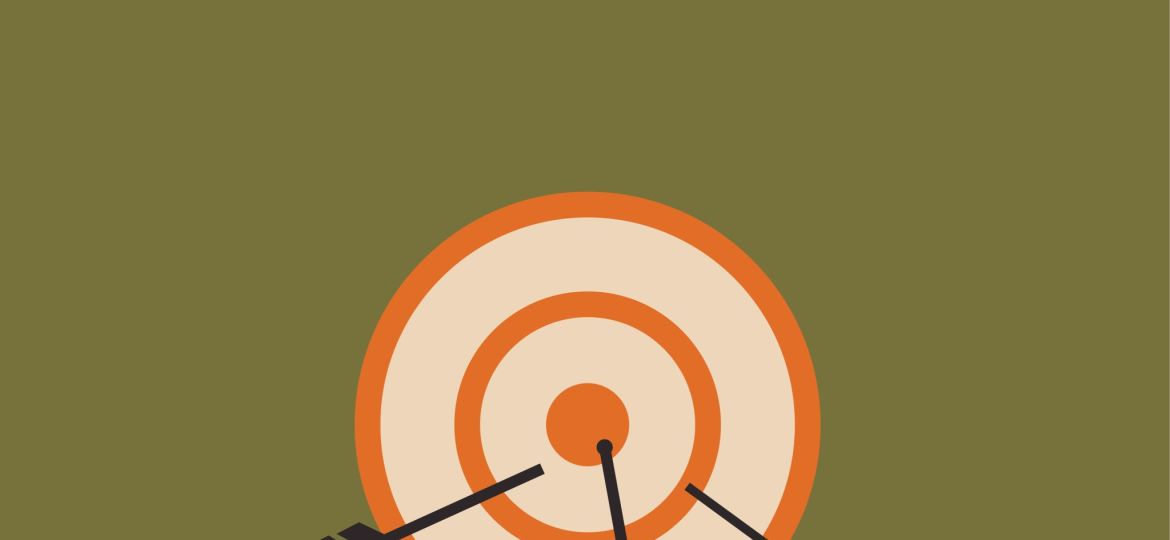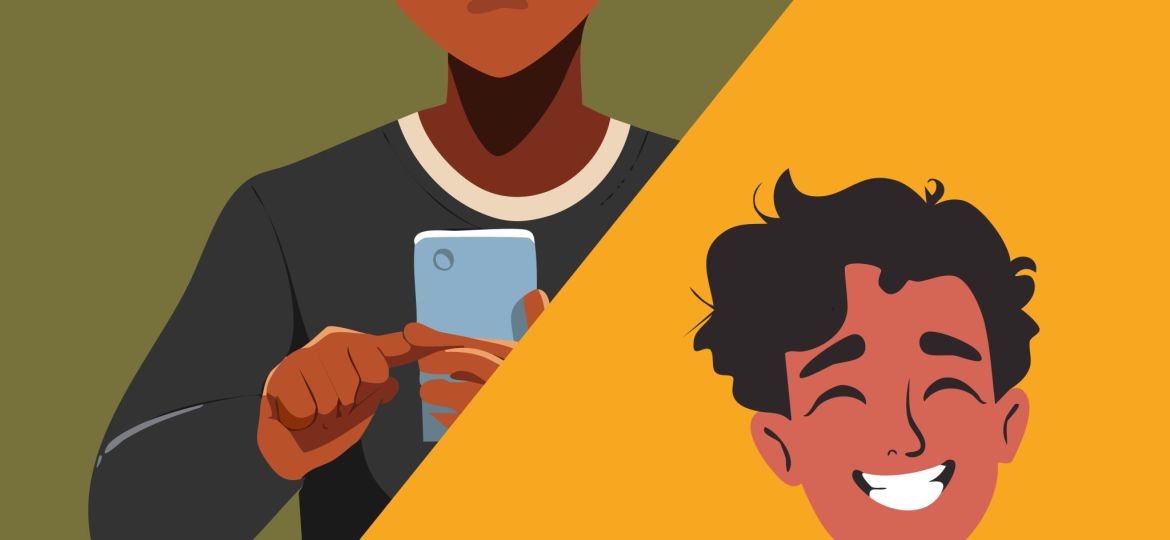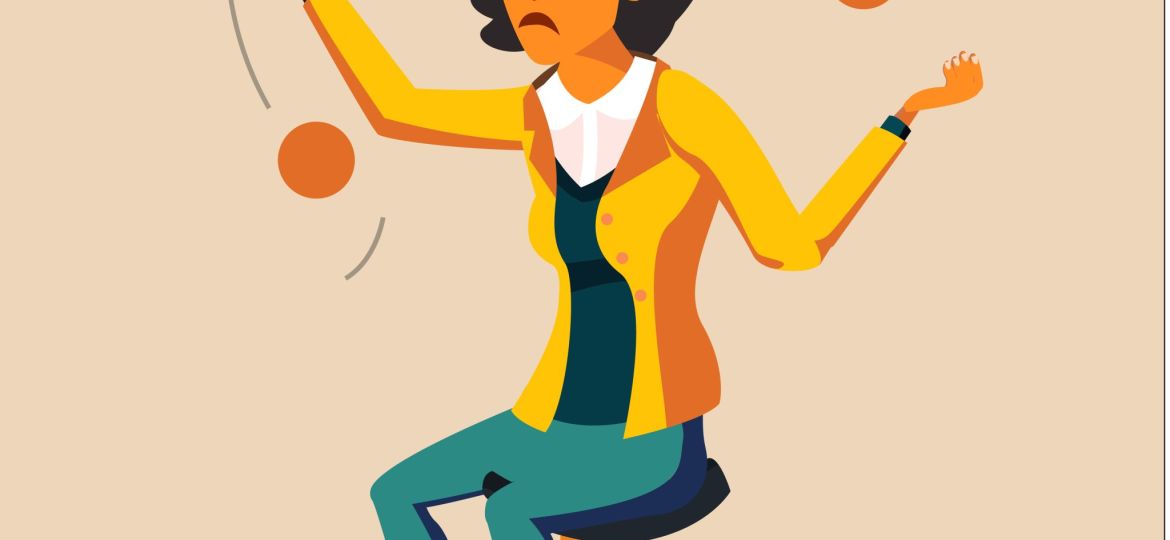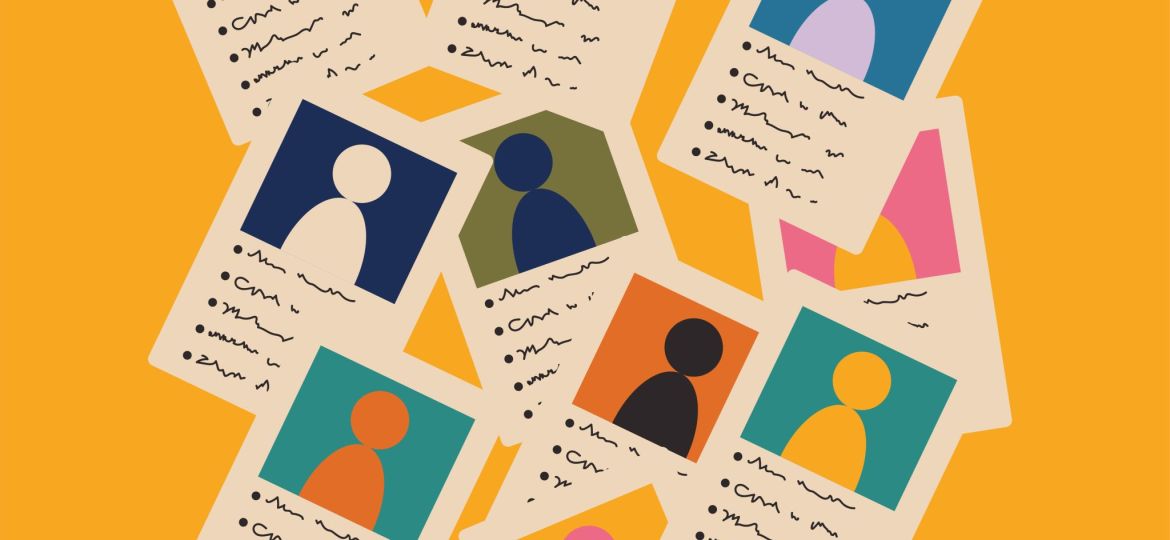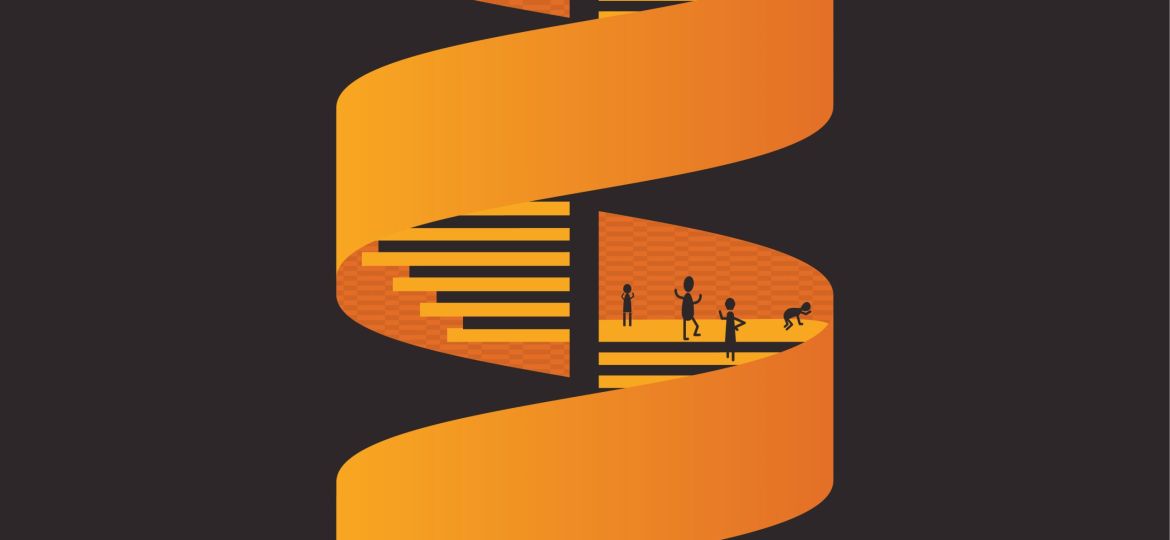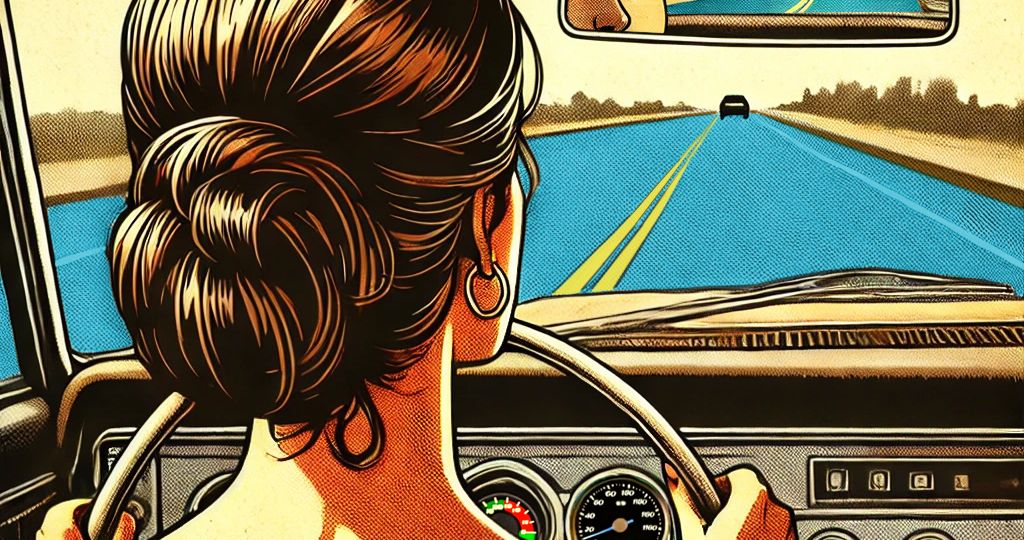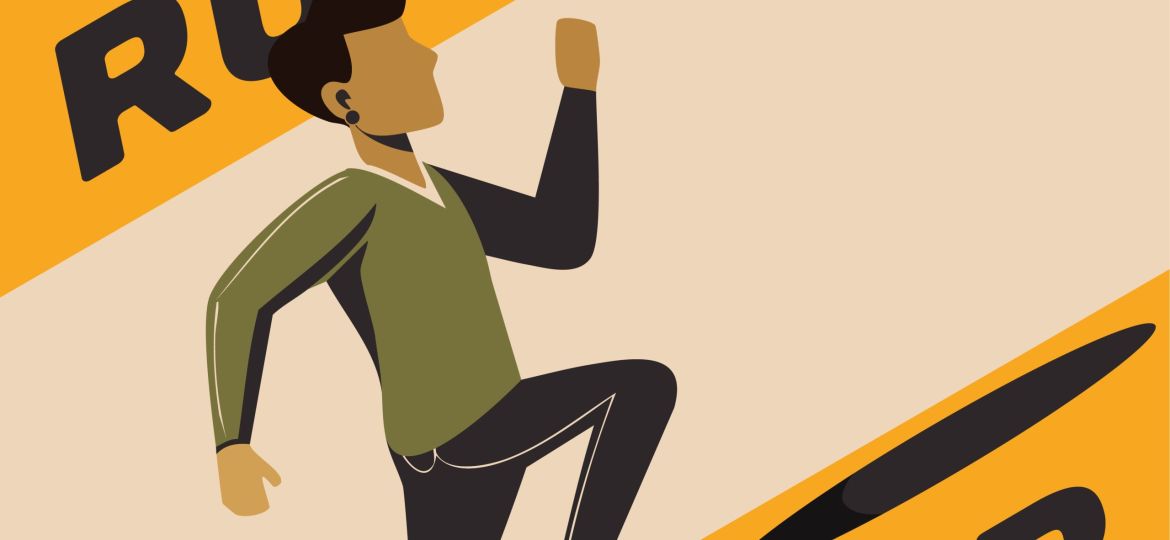More creatives are turning to offline work—not out of nostalgia, but necessity. Learn why stepping away from the screen can deepen focus, taste, and impact.
Good creative direction isn’t about having the best taste in the room. It’s about helping smart, skilled people do their best work with the least amount of friction.
By building your muscles in giving clearer input, framing feedback constructively, and creating space for interpretation, you’ll not only get better work—you’ll build stronger, more trusting teams.
You don’t need to become an expert in these frameworks to benefit from them. But understanding the difference between exploration (Design Thinking) and execution (Agile) helps you ask better questions, set clearer expectations, and lead your teams with more precision.
Many designers fall into the trap of thinking, Once I perfect my resume and portfolio, I can start applying for…
Email feels like it should be a tool, but for most of us, it’s a constant distraction. Every unread message…
From a business perspective, assigning tasks to employees without the right training is a liability. Just as you wouldn’t expect a marketing manager to code a website, you shouldn’t expect a graphic designer to develop workflows, write copy, or manage vendor contracts.
A designer’s portfolio is more than a collection of work—it’s a window into how they think, solve problems, and communicate…
A well-run business isn’t just about good ideas and execution— it’s about record-keeping. Think of your company’s core documentation as…
Quarterly planning is a structured approach to setting goals, aligning priorities, and ensuring progress over a three-month period. It offers enough time to achieve meaningful results while remaining short enough to adjust to changes.
Rush jobs are often framed as an unavoidable part of creative work—an occasional fire drill to keep things moving. But when last-minute projects become the norm, they don’t just disrupt workflow; they erode the foundation of good creative work.

